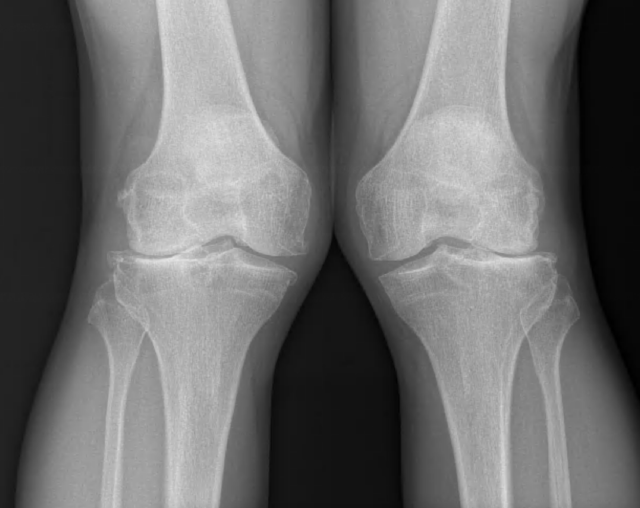
This x-ray belongs to a 75 year old retired chef who has practiced martial arts since the age of ten.
It shows severe 'bone on bone' bilateral knee osteoarthritis. The patient was worried. He wanted to have MRI scan, and wondered if he needed to see a surgeon.
His only symptom is that he feels unstable in one particular position and he can no longer perform a right single leg squat (which he can still do on his left leg). He does not have any pain, swelling or locking.
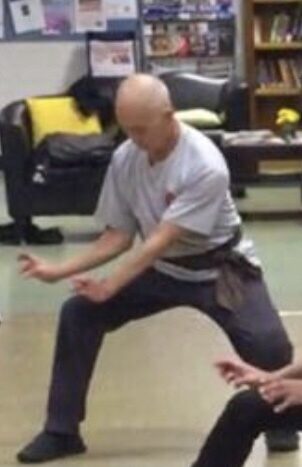
As a member of the same martial arts group for years, he remains one of the hardest hitters and kickers in the class, outperforming his younger colleagues. He can still send us flying backwards with a strong kick or knee to the pads.
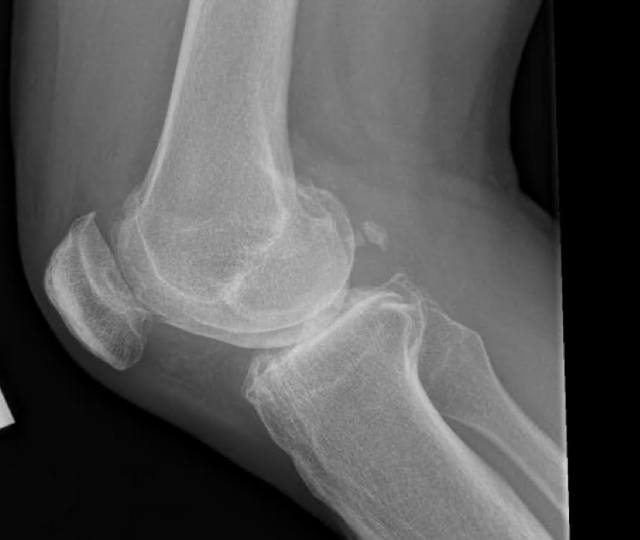
Radiology is widely regarded as the gold standard for the diagnosis of osteoarthritis. MRI scanning offers more accuracy, with focuson soft tissues, chondral surfaces, cartilages and ligaments.
However, there are instances when abnormal radiological findings are found in asymptomatic patients, or does not correlate with function.
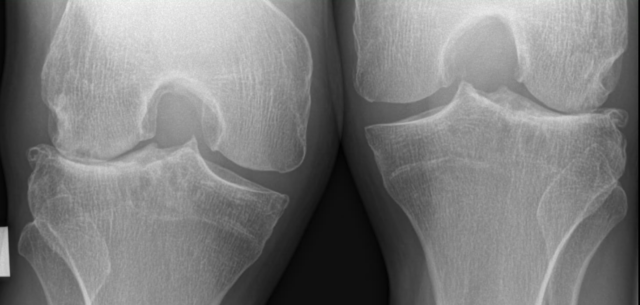
We advised that he did not require further investigation, and an MRI scan would cause more harm as it would show pathology which would not have any relevance to his symptoms. We advised that he did not need any treatment or surgery.
He was concerned about martial arts and high impact training, but we advised him to continue training; this all sounds counter-intuitive, he would get worse and develop pain if he stops.
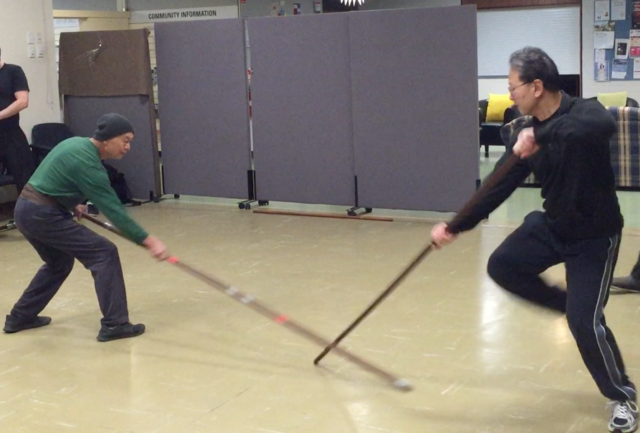
What can we learn from this?
- Radiology :
- is a useful diagnostic tool when the presentation is not straightforward.
- isn't necessary for all diagnoses
- can cause harm if performed unnecessarily especially during early stages of injury.
- does not always correlate with symptoms.
- does not always correlate with function.
- Exercise :
- is protective against musculoskeletal conditions.
- is the best treatment for musculoskeletal conditions.
- is good for a whole lot of other things, including cardiovascular and mental health.
- Never underestimate one's ability to do achieve what they desire.
- Age doesn't matter, you can still get your butt kicked, even with a severe arthritic knee.
How does this apply in an occupational setting?
Let's say this was a labourer who had a little pain and swelling. The worst thing that could happen would be to certify him unfit and off work for 1 week or more.
We know the quadriceps muscle can shrink up to 2cm in diameter after a week of inactivity (more in the elderly). His confidence becomes affected and his pain increases due to weakness.
He sees a physiotherapist who provides intensive hands on treatment which causes more pain. Opiods are then prescribed.
The worker becomes more deconditioned, and disengaged from activity and work. Add the anxiety of 'severe bone on bone arthritis' in his X-ray report, and he undergoes an MRI which shows more pathology. His pain and function worsens, and he undergoes surgery. Now have the perfect storm.
This highlights the critical importance of remaining engaged with activity and work as soon as possible after injury, not only for physical reasons, but the psychological and social benefits are just as important.
Yes, there are times when patients would need hands on physiotherapy, MRI scans and surgery, but not in cases like these.
Treat the patient, not the x-ray:
Find us at Rose Park and Salisbury
Would you like to learn more about Next Generation Occupational Medicine or would like to arrange an appointment? Contact us via one of the methods here, we'd love to chat.




